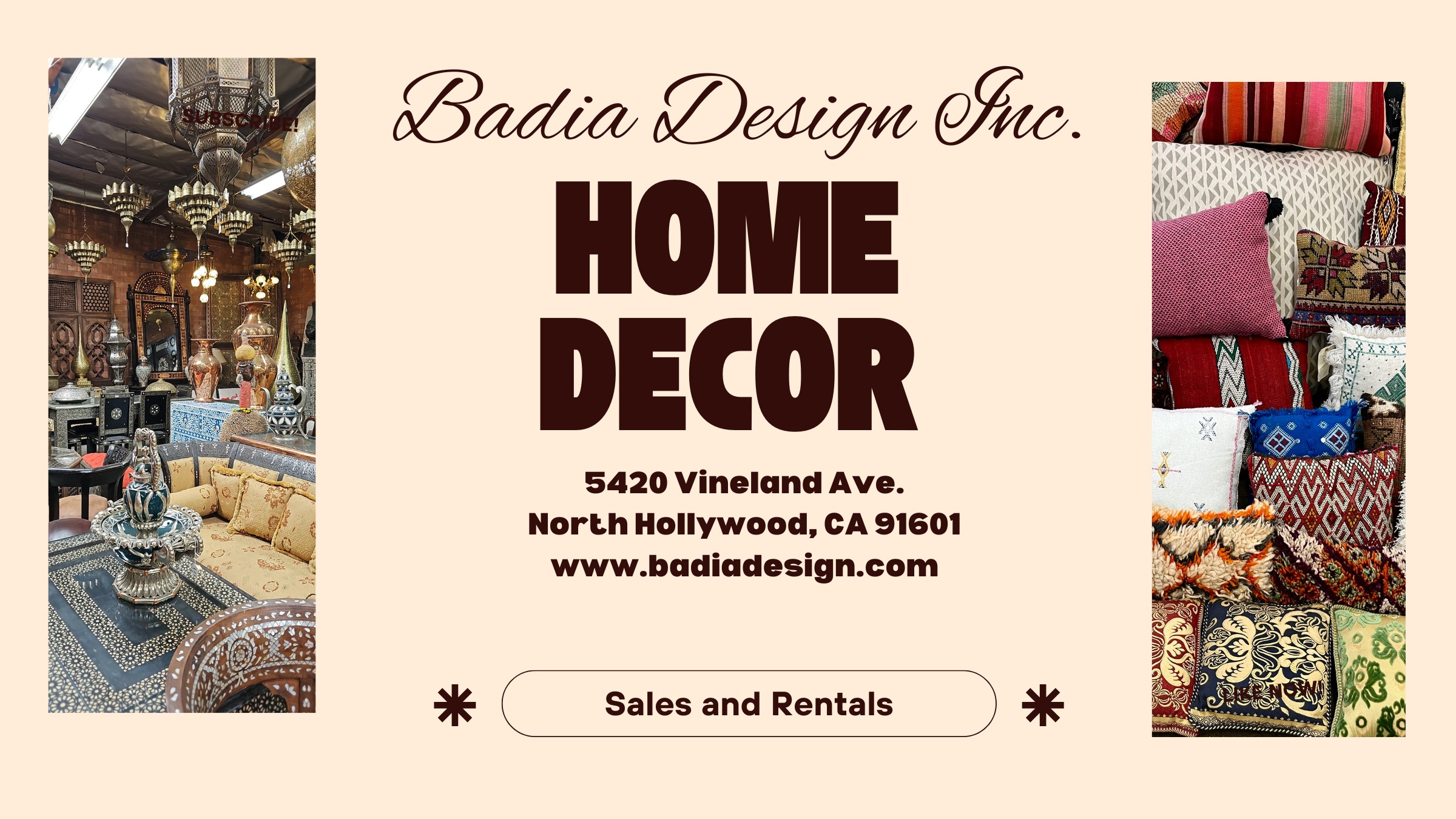Handmade Moroccan Berber Rugs
Moroccan Berber Rugs: A Blend of History, Craftsmanship, and Timeless Style
These rugs have enchanted people across the globe with their deep cultural more info roots, remarkable artistry, and timeless design. Whether you are furnishing a cozy living room, a modern office space, or a luxurious hotel, these rugs serve as more than just functional items—they are pieces of art with a story to tell. In this article, we’ll explore the rich origins of Moroccan Berber rugs, the detailed artistry involved in their production, their renowned durability, and creative ways to incorporate them into today’s interiors.
The origins of Moroccan Berber rugs can be traced back thousands of years to the indigenous communities of North Africa. The Berbers, with their deeply rooted traditions, crafted unique weaving methods to meet the demands of their migratory way of life and diverse climates.
Each Berber rug tells a story, often woven into the fabric that reflect the heritage of its creators. These symbols frequently represent protection, fertility, or the natural environment, making each rug a highly meaningful creation. Originally, these rugs were crafted for utilitarian purposes, such as providing warmth during harsh winters in the Atlas Mountains or acting as soft bedding in arid desert regions.
In the mid-20th century, Moroccan Berber rugs gained international acclaim when renowned visionaries like Le Corbusier and Frank Lloyd Wright featured them in their iconic designs. Today, their enduring charm and deep heritage make them a top pick for decorators and collectors alike.
The production of Moroccan Berber rugs is an elaborate art form handed down through generations. It represents a harmonious fusion of cultural heritage and meticulous technique.
These rugs are made from materials like wool, camel hair, and cotton, renowned for their strength and comfort. Wool stands out for being soft, strong, as well as for its natural warmth. The wool is usually spun by hand, resulting in a one-of-a-kind finish.
Weaving these rugs is an elaborate process, requiring great patience and effort on handcrafted weaving tools. The knotting style, from Beni Ourain’s plush textures to Azilal’s tighter weaves, impacts both durability and design.
Artisans rely on natural dyes from plants and minerals to achieve the vivid tones seen in Berber rugs. Neutral shades dominate Beni Ourain designs, while brighter Azilal and Boucherouite pieces feature striking colors like red, blue, and yellow.
The longevity of these rugs is one of their biggest strengths. As a result, they’re an excellent fit for homes and offices.
Berber rugs owe their longevity to the excellent quality of their natural fibers. Wool’s elasticity and stain resistance contribute to their durability.
Taking care of these rugs is straightforward. Regular vacuuming, spot cleaning with mild detergent, and occasional professional cleaning will keep them looking pristine for years.
How to Decorate with Moroccan Berber Rugs
Incorporating Moroccan Berber rugs into contemporary interiors is easier than you might think. These rugs' adaptability allows them to suit various aesthetics, including minimalist and bohemian styles.
1. Anchor a Living Room
Use a large Beni Ourain rug as the centerpiece of your living room. The rug’s muted tones and clean lines bring cohesion to the space and exude coziness.
2. Introduce Vibrancy to Minimalist Rooms
If your space leans toward a monochromatic or minimalist aesthetic, a vibrant Azilal or Boucherouite rug can introduce a pop of color and visual interest. These rugs work particularly well in neutral-toned rooms, where they serve as a focal point.
3. Combine Rugs for Depth and Style
For a cozy, eclectic vibe, layer a smaller Berber rug over a larger natural-fiber rug, such as jute or sisal. This pairing enhances texture and emphasizes the unique patterns of the Berber rug.
4. Enhance Workspace Aesthetics
Businesses can use Moroccan Berber rugs to create an inviting and sophisticated ambiance in office spaces, lounges, or reception areas. The artisanal craftsmanship of these rugs radiates authenticity and refinement.
5. Use as Wall Art
Certain Moroccan Berber rugs are so beautiful that they function wonderfully as wall art. Hanging a rug on the wall can add a unique touch to your home or business, showcasing the craftsmanship and cultural heritage of the piece.
The Value of Moroccan Berber Rugs
For both homeowners and businesses, Moroccan Berber rugs represent a blend of practicality, aesthetics, and cultural significance. These rugs are built to last, and their classic designs remain relevant despite evolving decor trends.
Sustainability and Ethical Production
Many Berber rugs are crafted using eco-friendly and sustainable practices. By investing in these rugs, you’re not only enhancing your space but also supporting traditional artisans and their communities.
The Appreciating Worth of Moroccan Berber Rugs
Vintage or unique Moroccan Berber rugs tend to grow in worth over the years. They are both functional decor and collectible assets.
